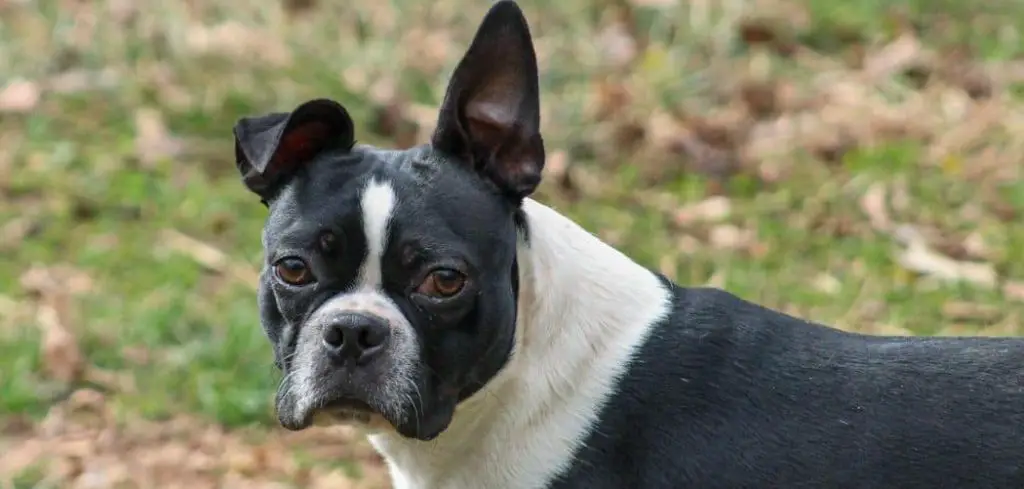If your dog is vomiting, has diarrhea, and is not eating or drinking, it’s time to take immediate action. This combination of symptoms signals more than just a temporary digestive upset.
Without fluids and food, your dog can rapidly decline, especially if they’re a puppy, senior, or have underlying health issues.
Understanding the common causes behind these signs will help you act quickly and wisely.
Dog Vomiting and Diarrhea Not Eating or Drinking: Why It Happens
When a dog is vomiting, has diarrhea, and is not eating or drinking, these are alarming symptoms that often point to serious conditions, including gastroenteritis, parvovirus, pancreatitis, toxin ingestion, or chronic organ disease.
Vomiting and diarrhea can quickly dehydrate your dog, while the refusal to eat or drink indicates a deeper issue causing nausea, pain, or systemic distress.

Dog Vomiting and Diarrhea Not Eating or Drinking: Common Causes
1. Acute Gastroenteritis
Gastroenteritis is inflammation of the stomach and intestines and is often caused by eating spoiled food, a sudden diet change, or bacterial imbalance.
It can result in vomiting, diarrhea, and a refusal to eat or drink due to nausea and discomfort.
While mild cases resolve with rest and a bland diet, if your dog refuses all food and fluids for more than 12–24 hours, it’s time for veterinary support.
Dehydration is the biggest concern and can set in rapidly.
2. Parvovirus (Especially in Puppies and Unvaccinated Dogs)
One of the most dangerous culprits, parvovirus, is highly contagious and especially deadly in puppies.
It causes profuse vomiting, bloody diarrhea, and complete loss of appetite and thirst.
Dogs become lethargic and weak within hours.
Parvo requires immediate hospitalization for IV fluids, anti-nausea medication, antibiotics, and intensive care. Delaying treatment even a few hours can be fatal.
Related: Dog vomiting and not eating (Causes and when to worry)
3. Pancreatitis
Pancreatitis in dogs—often triggered by fatty foods or dietary indiscretion—causes severe abdominal pain, vomiting, diarrhea, and a complete shutdown of appetite and thirst.
Your dog may appear hunched over or uncomfortable.
Without food and water, pancreatitis can quickly lead to dehydration and complications.
Treatment typically includes IV fluids, medication to control nausea, and rest.
4. Toxin Ingestion
If your dog has ingested something toxic—like chocolate, human medication, antifreeze, grapes, or certain plants—they may exhibit vomiting, diarrhea, and avoid both food and water.
Internal organ damage can begin within hours.
If you suspect poisoning, don’t wait. Call your vet or pet poison hotline immediately.
Early intervention with activated charcoal, fluids, and supportive care can be life-saving.
Related: Dog Vomiting Bloody Diarrhea and Not Eating (Causes and what to do)
5. Foreign Body Obstruction
Dogs that swallow toys, bones, or fabric may develop a blockage in the stomach or intestines.
This leads to vomiting, inability to keep food or water down, diarrhea or straining, and refusal to eat or drink.
Obstructions are surgical emergencies. An x-ray or ultrasound is often needed for diagnosis, and surgery may be required to remove the object and prevent tissue damage.
6. Chronic Kidney or Liver Disease
In older dogs, chronic kidney or liver disease can cause nausea, vomiting, diarrhea, and complete disinterest in eating or drinking.
Toxins build up in the body, affecting appetite and hydration.
Symptoms may come on slowly or escalate rapidly. Early diagnosis through bloodwork can help manage these conditions and prevent crises.
What to Do If Your Dog Is Vomiting, Has Diarrhea, and Isn’t Eating or Drinking
This is not something to manage at home for long—but here are a few immediate steps to support your dog before or while seeking veterinary help:
Do not offer food or treats if vomiting persists.
Offer ice cubes or a teaspoon of water every 30–60 minutes to prevent dehydration, unless vomiting continues.
Monitor gum moisture, skin elasticity, and energy levels—dry gums or lethargy are signs of dehydration.
Avoid home remedies or over-the-counter meds without vet advice.
Note when symptoms started, what your dog last ate, and any toxin exposures—this helps your vet diagnose faster.
If your dog shows no interest in water or worsens over a few hours, go to the vet or emergency clinic immediately.
When to Call or Visit Your Vet
Seek immediate veterinary care if your dog is vomiting, has diarrhea, and is not eating or drinking, especially if:
Your dog is weak, collapsing, or not responsive
Symptoms have lasted more than 12 hours without improvement
There’s blood in the vomit or diarrhea
Your dog hasn’t urinated or passed stool in over a day
Your dog is a puppy, senior, or has pre-existing health conditions
You suspect toxin ingestion or foreign object ingestion
Your vet will likely run blood tests, perform abdominal imaging, and start IV fluids to stabilize your dog and treat the underlying cause.
Related: Old Dog Vomiting and Diarrhea and Not Eating (When to worry)
Key Takeaway
When your dog is vomiting, has diarrhea, and refuses both food and water, it’s a serious situation that demands swift attention.
These signs point to something deeper—something your dog can’t tell you with words, but shows clearly through their distress.
Acting fast, consulting your vet, and staying calm can help your dog recover more quickly and prevent lasting damage.
Trust your instincts—because in these moments, they matter most.
